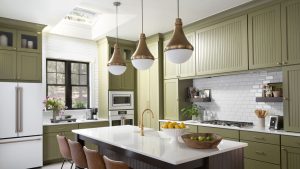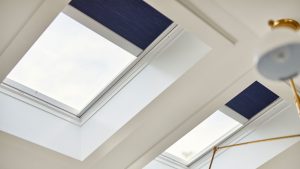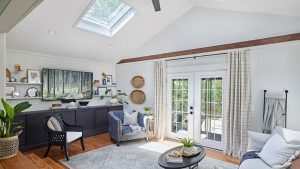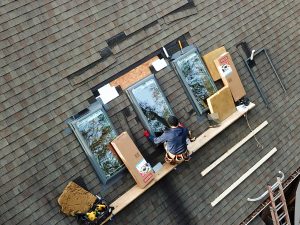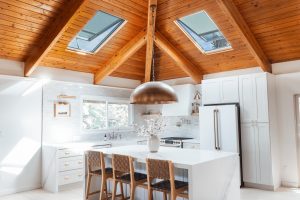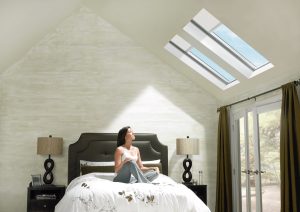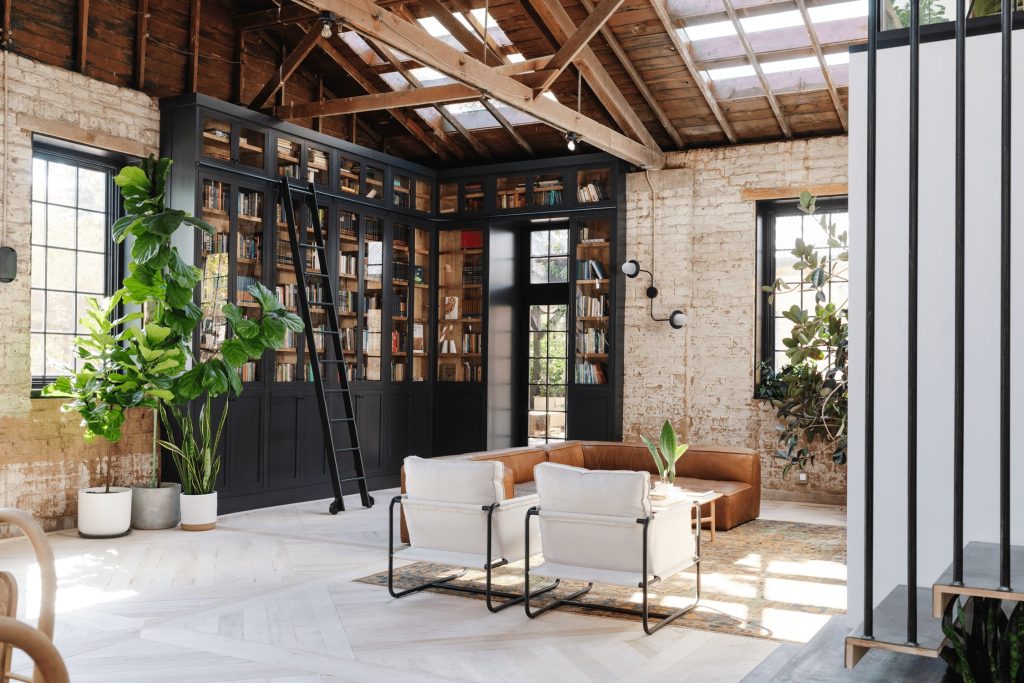
When a skylight is installed correctly skylights won’t depreciate your home. They can add value in the eyes of certain homebuyers how value natural light.
When a skylight is installed correctly (within warranty, insurance, and HOA guidelines), skylights won’t depreciate your home. In fact, they can add value in the eyes of certain homebuyers. Ultimately, it all boils down to what you (and potential homebuyers) consider to be the value of having consistent natural light and fresh air in your home.
As a renovation project, installing skylights falls into a gray area when it comes to a return on investment (ROI). Like swimming pools, skylights are seen by some homebuyers as additional upkeep that may not be worth it, while many other potential homebuyers see them as an asset and valuable addition. Between varying installation costs, usually based on type, number of skylights, and location, different housing markets, and homebuyers having differing priorities, it’s hard to put an exact number on a skylight’s ROI.
Skylights can play a large role in increasing the overall value and resale value of your home. With the many benefits a skylight offers such as better natural light, sustainable energy, and its ability to make any space feel larger, a skylight is certainly worth the investment.
The Natural light created by a skylight or Sun Tunnel can create a lasting positive affect on any potential homebuyer when they are viewing the home. This is in part since it is human nature to be drawn to natural light. Also, the resale value of homes with green technologies can be as high as 10%. Pair that with the Federal Solar Tax Credit that comes with installing solar powered skylights and you are sure to increase your homes value.
Aspects of Skylights That Can Potentially Add Value to Your Home
Skylights Add Architectural Interest Inside and Out
Skylights offer the chance to upgrade both the interior and exterior of your home at the same time, which is an unusual perk for a home renovation project. To get the most beauty and value from a skylight, it needs to be an architectural asset. In other words, you’ll need to balance it with your home’s architectural theme and features. In traditional homes, for example, your best bet is installing skylights to the rear of the home or in an area where they’ll be out of sight from the street. Skylights have a modern aesthetic that could contrast with traditional styles, and prominent placement may take away from a traditional charm.
On the inside, make sure the skylight coordinates with the rest of the room. Rather than putting your skylight where it’s most convenient to install, align it with a door or window or in another way that makes sense from a geometric standpoint. Skylight brands offer compatible accessories such as shades and Venetian-style blinds, so you can even match your light-control options with your home’s style and decor.
Skylights Can Help Save on Heating and Cooling Costs
While a poorly planned skylight can wreak havoc on your energy bills, a strategically placed one can actually help you save money on heating and cooling costs. South-facing skylights, for example, increase the temperature of a space because they pick up more of the sun’s rays than skylights facing other directions.
This can be used to your advantage in the winter: let the sun shine in and heat your home so you can shave money off your heating costs. Built-in shades and the ability to open can, in turn, help prevent too much heat in warmer weather. A bonus to venting skylights: heat rises, which means you can open your skylights on summer nights to vent the heat of the day out of your home.
In fact, venting skylights can help with whole-home airing when opened at the same time as vertical windows. This helps cool air refresh your home without fans or air conditioning.
Skylights Add Value More Ways than Monetarily
Again, like a pool, skylights can add value to your home in a way that can’t be measured monetarily: by improving the overall look and appeal of otherwise dark and gloomy spaces with natural light.
A good balance of natural light throughout the home is always an asset to homebuyers and can provide a host of benefits too. Research shows that natural light increases health benefits and boosts moods and productivity.
Regular exposure to natural light in your home can also help prevent symptoms of seasonal affective disorder (SAD), like depression, fatigue, and irritability. It does this by helping keep your natural circadian rhythm balanced, which helps your body maintain adequate levels of serotonin (the feel-good hormone) and melatonin (the hormone that helps you sleep).
And while HVAC units recirculate old, recycled air through your home, venting skylights open to bring in fresh air, which can also help rid your home of airborne particles, humidity, and other pollutants that can pose health risks.

